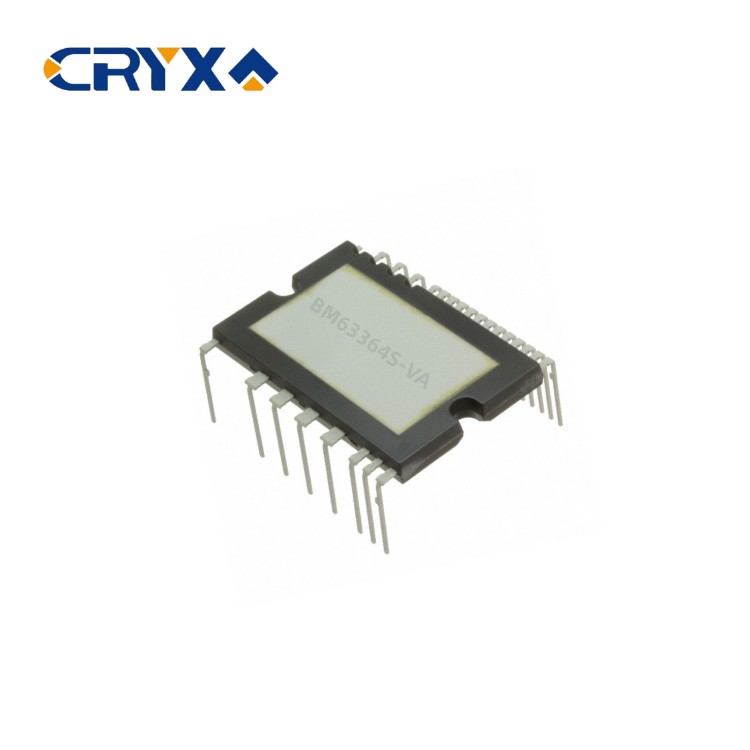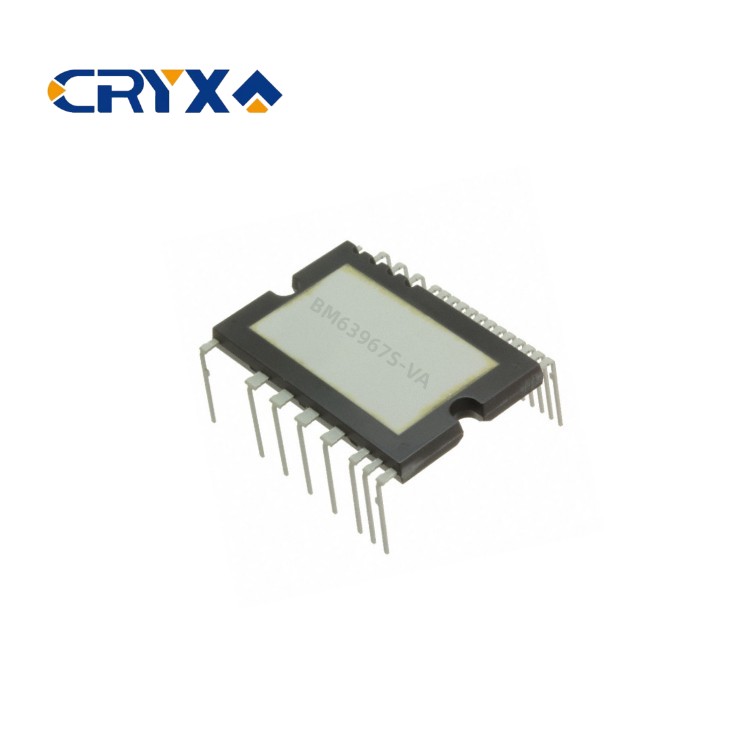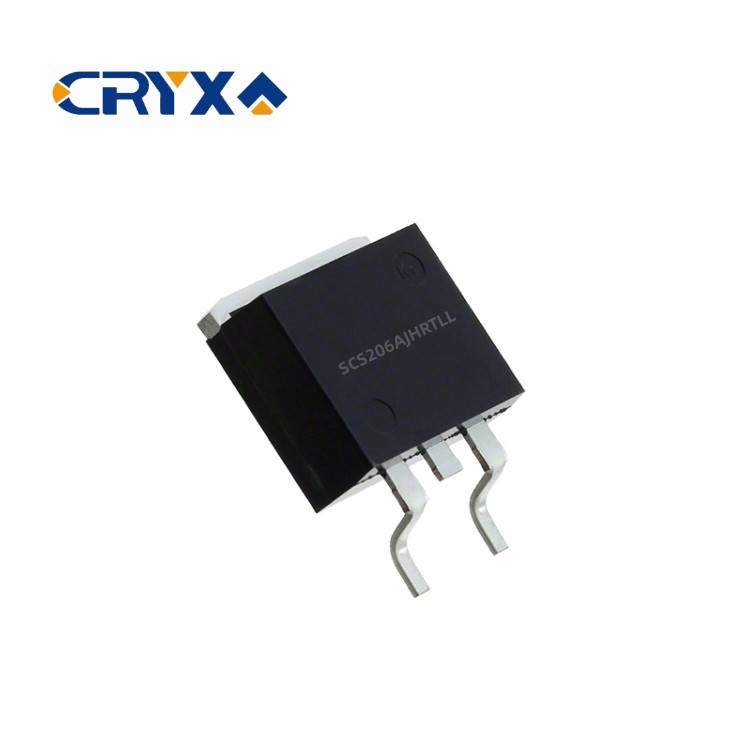Cambridge startup QPT claims to be the first company to create GaN operating frequencies that far exceed the current 100 kHz limit technology. Its patented method extends GaN to 20 MHz, making it suitable for high-power, high-voltage applications using hard switches, such as motor drive systems for HVAC, robots, etc.
The importance of GaN transistors for the next generation of power electronic devices lies in their ability to switch at Super high frequency. Slow conversion wastes energy because during the switching time when the transistor is neither turned on nor off, it consumes a large amount of power, leading to energy loss and overheating issues. The faster the switching speed, the shorter the conversion time, and the less energy loss.
GaN can transition from on to off at a speed of 1-2ns, while Si and SiC transistors are 20-50ns.
However, in high voltage and high power applications, the actual limit of GaN is 100 kHz, beyond which overheating and RF interference problems become very serious. The current solution is to limit GaN to below 100 kHz, which means its performance is similar to SiC, and using GaN has no benefits as it does not operate at high switching speeds or frequencies, which is the only way to save power.

Rob Gwynne, founder and CEO of QPT, explained: Power engineers focus on becoming experts in a certain field and have developed techniques and design methods for working under 10-100Khz switches, which is the working environment for Si and SiC transistors. As an RF engineer, I am able to study this problem and create a solution that enables GaN transistors to operate at full potential up to 20 MHz with nanosecond level switches to provide better operational accuracy without RF interference Disturbance or overheating issues, thus achieving its promised efficiency for the first time. QPT has integrated its technological breakthroughs into two modules, allowing customers to easily apply them with minimal workload and changes to existing designs. The qGaN module contains a 650V GaN transistor and the company‘s qDrive, which is said to be the world‘s fastest, most accurate, highest resolution, and low jitter isolated GaN transistor gate driver. The second module is qSensor, which combines the company‘s ZEST and qSense technologies. It provides sensing and control, enabling GaN to be driven at Super high frequency for the first time.
In addition, QPT has also developed a WisperGaN structure system, which includes a reference design for how to assemble modules and auxiliary electronic devices in a Faraday cage, so that no heating or RF problems will occur. The resulting solution releases GaN‘s current ability to work at Super high frequency, reducing power consumption by 80% compared with existing solutions that must operate at lower frequencies.

The first qGaN module (Q650V15A-M01) will process the 15A RMS current driving the 380V three-phase motor. The roadmap will have qGaN modules to handle various power loads to meet the requirements of different application fields. Together with other QPT technology modules, turnkey solutions can be easily assembled based on reference designs. This reference design can directly replace the power level of existing VFDs without requiring any expertise in EMC or thermal cooling.
The remaining parts of the existing system, such as microprocessors and software stacks, remain unchanged, "explains Rob Gwynne.
Companies hoping to upgrade from current silicon solutions to improve energy efficiency can skip the hassle of developing SiC solutions internally and simply use our yet to be released GaN solution. Combining VFD with motors that save about 80% energy can reduce overall power consumption by about 10%, which can increase in applications where motors are often at low speeds and current solutions are inefficient.
The company estimates that there is a total potential market (TAM) worth $365 billion in the high-voltage, high-power application market where its new technology can provide power savings. A key component is the deployment of HVAC and heat pumps around the world, so TAM will continue to increase. Gwynne concluded, "Electric motors account for 45% of global electricity consumption, and our technology can make them more efficient, which means less carbon dioxide emissions and helps address climate change
Variable frequency drive (VFD)
The main application field is the control electronics of motor drivers. Market researchers estimate that an additional 11 billion electric motors will be added each year, accounting for 45% of total electricity usage. Therefore, more effective motor control can significantly save global energy and reduce carbon dioxide generation.
The working principle of VFD is to chop the input power to generate a frequency that can be changed to adjust the speed of the motor. Every time a chopping occurs, energy is lost, and currently, manufacturers consider this to be the least, so they cited 97% efficiency data. However, this number is at full speed, but in reality, speed is variable, and efficiency significantly decreases with a decrease in speed, which is what happens in the operating cycle of the real world, and manufacturers quietly overlook this. This is similar to the fact that automobile manufacturers only cite the fuel use at the best speed, without mentioning the actual data of urban lines.
In order to reduce energy waste and improve efficiency, chopping needs to transition quickly and quickly from closed to open or from open to closed. This is because during the switching time when the transistor is neither turned on nor off, it consumes a large amount of power, which accounts for the majority of energy loss.






